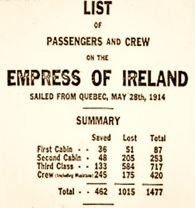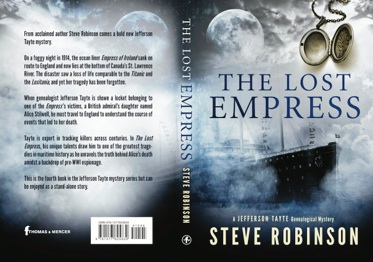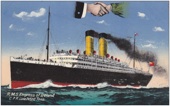Telling the Story
From the outset I wanted to write The Lost Empress with a past narrative, told from a single character’s point of view in that era, as I had previously with To the Grave. I liked the idea of Jefferson Tayte uncovering this character’s secret past life, which I thought tied in well with the backdrop I’d settled on — of the pre-WW1 'spy mania' that had gripped Britain at the time the past story is set.
As usual, I found the research fascinating as I not only sought to understand what it was like to live in Britain during the months leading up to the Great War, but also the resources JT would have to use in order to uncover the truth of what really happened to the subject of his assignment: Alice Stilwell, a British admiral’s daughter in her early twenties, whose life is suddenly turned on its head one day in Holland while accompanying her husband on a business trip with her two young children.
Of course, crime stories tend to open with a murder, and I wanted The Lost Empress to follow that tradition, so some careful plotting was required to link the past story to the present-day crime elements, which JT tries to help the local police solve, believing that there is a link between the two.
If you’ve found my website after having read The Lost Empress, I hope you enjoyed it. If you’ve not yet read it, but plan to do so, I hope you find it as interesting and engaging to read as it was to write.






















